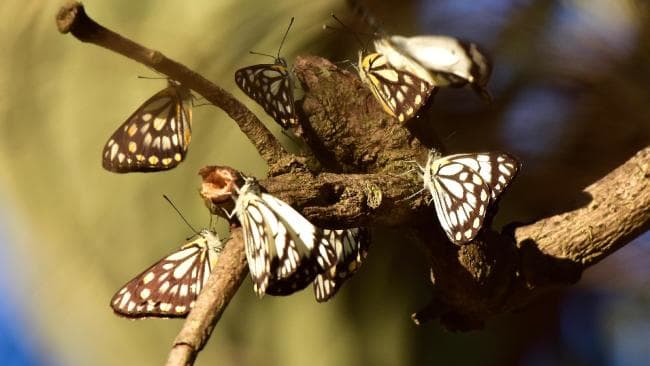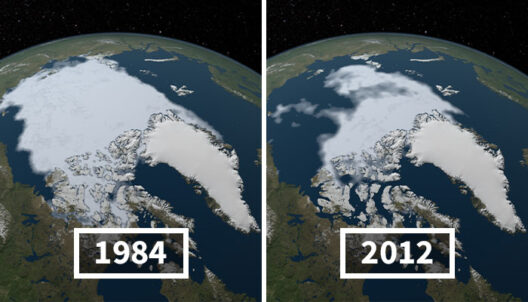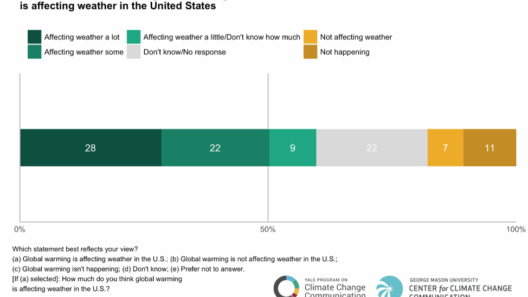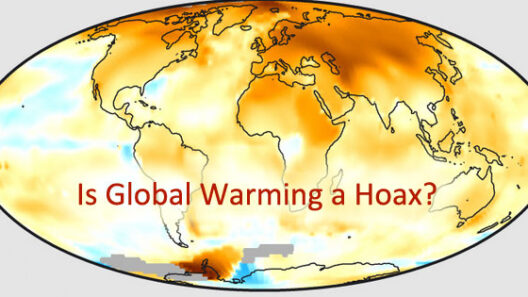Throughout the natural world, there exists a remarkable phenomenon: the great migration of butterflies. Among these tiny travelers, the Monarch butterfly stands out as an iconic symbol of resilience and beauty. However, as global temperatures rise due to climate change, these delicate creatures face unprecedented challenges. How might the shifting climate alter the paths and behaviors of Monarchs during their epic migrations?
To comprehend the depths of this issue, one must first appreciate the intricacies of the Monarch’s migration. Every year, millions of Monarchs embark on a journey spanning thousands of miles from North America to central Mexico. This migration, which can cover 3,000 miles or more, is not merely a whim but a survival strategy, ensuring that they find suitable climates and resources for breeding. Yet, the factors influencing this intricate dance between the Monarchs and their environment are evolving.
Global warming has a profound impact on the migratory patterns of Monarchs. Temperature fluctuations can lead to a misalignment in the timing of migration and the availability of crucial resources. For example, warmer winters can coax Monarchs to leave their northern habitats sooner than usual, only to discover that the flowers they depend on for nectar have not yet bloomed. This disharmony between the timing of migration and the natural environment poses a considerable challenge for these butterflies. Will they adapt quickly enough, or will a shift in climate ultimately spell disaster for their populations?
As temperatures rise, environmental conditions become increasingly unpredictable. Extreme weather events, such as storms or droughts, threaten both the Monarchs during migration and their breeding grounds. Monarchs require specific habitats, often relying on milkweed for laying their eggs. Unfortunately, climate change can lead to habitat loss, whether through habitat degradation, agricultural expansion, or pesticide use. This compounding of threats may become overwhelming. How can Monarchs survive these environmental pressures?
The migratory cycle of the Monarch is tightly linked to the availability of food sources. As climates change and flowering times shift, the Monarchs’ lifeline becomes unpredictable. In essence, a mismatch of flowering plants with the Monarchs’ arrival has far-reaching consequences. If the key species upon which they rely are unable to adapt fraudulently, Monarchs may face severe nutritional deficiencies. This raises a pivotal question: Will the Monarch adapt its migratory timetable, or will the synchrony of nature rupture irrevocably?
The ripple effects of climate change extend far beyond the Monarchs. The interconnectedness of ecosystems means that alterations in one area can profoundly impact another. For instance, as Monarchs migrate northward in search of suitable habitats, other species may either compete for the same resources or alter their behaviors in response to the changing ecosystem. This complexity proves to be a vital focal point for conservation efforts. Emphasizing the importance of biodiversity and the preservation of natural habitats is paramount. Without such interventions, the resilient Monarchs could become mere specters of their former selves.
The concern surrounding Monarch migration due to global warming is not merely academic. As flagship species, Monarchs serve as indicators of environmental health. Their decline can foreshadow broader ecological issues, serving as a clarion call for immediate action. Conserving their migratory pathway is essential, necessitating strategic efforts to restore and protect habitats from climate-induced destruction.
Moreover, public awareness plays a critical role in the fight to protect these remarkable creatures. Engaging communities through education and outreach initiatives fosters a deeper understanding of the risks associated with climate change. Can we create a collective sense of stewardship towards habitats that support Monarchs and other migratory species? A united effort to preserve milkweed habitats and minimize the use of harmful pesticides may provide a lifeline to these butterflies and, in turn, promote broader ecological well-being.
In addition to local efforts, global policies addressing climate change are essential. Geopolitical frameworks emphasizing sustainable practices, renewable energy, and reduced greenhouse gas emissions can contribute significantly to mitigating the impacts of climate change. It is crucial to recognize that the plight of the Monarch reflects broader environmental challenges that transcend borders. How can nations collaborate effectively to ensure that these butterflies continue their migrations unimpeded by anthropogenic pressures?
As the world continues to grapple with the reality of climate change, the future of Monarch butterflies hangs in the balance. Their migrations—truly awe-inspiring feats of endurance—serve as poignant reminders of nature’s fragility. This raises an imperative question: Are we prepared to support their journeys across the vast landscapes of North America to Mexico? Advocating for protective measures, promoting sustainable agricultural practices, and restoring critical habitats can help ensure that Monarchs flourish in equitable and resilient environments.
In conclusion, the plight of Monarch butterflies amidst global warming exemplifies the interconnectedness of human actions and environmental consequences. Their migratory patterns are not only a spectacle to behold but represent a larger narrative about climate change. As stewards of the Earth, our actions today will determine the futures of these magnificent creatures and the ecosystems they represent. Embracing responsibility toward conservation can pave the way for a healthier relationship with our environment and perhaps safeguard the enchanting journey of Monarchs for generations to come.








